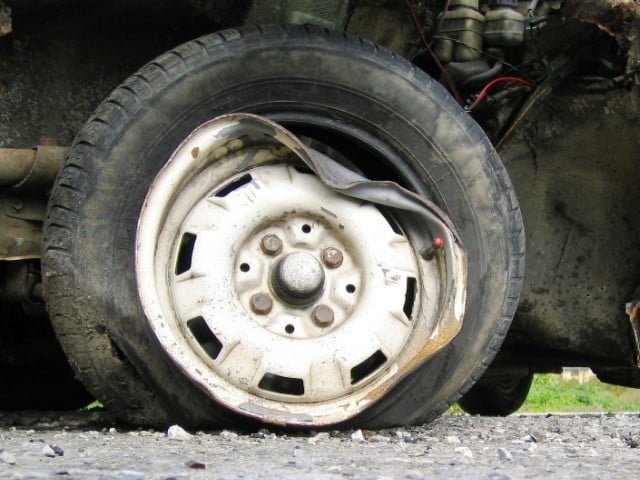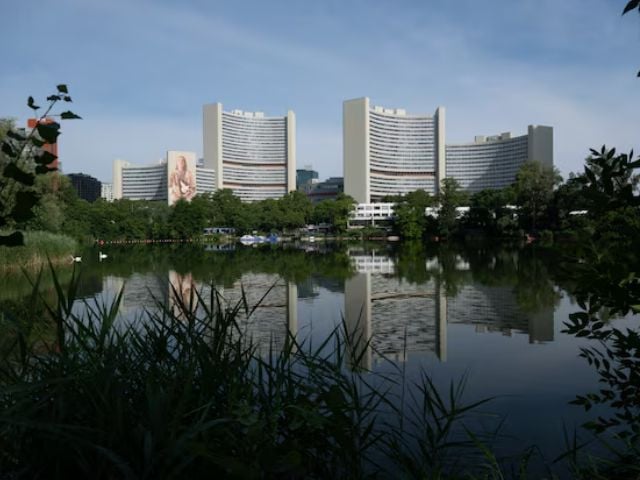
Since Iran launched its retaliatory Operation True Promise III, the occupying regime has struggled to contain public panic and disarray within the occupied territories, particularly in Tel Aviv and Haifa.
Israeli authorities have urged settlers to use bomb shelters during missile strikes. However, Hebrew media reports confirm that many buildings, especially those constructed before 1992, lack reinforced rooms or any form of shelter.
Tel Aviv’s Home Front Command admitted that nearly 40% of the city’s population lacks access to standard shelters.
A Knesset report states there are 12,000 public shelters in the occupied territories, yet over half are not operational. With 700,000 reinforced rooms and 20,000 shared shelters supposedly serving nearly half a million units, the system is overwhelmed in scenarios involving heavy and precise missile barrages like Iran’s.
Frustration has turned to infighting, as many settlers discovered that communal shelters had been seized and converted into storerooms, workshops, or even rental apartments. Reports label this growing phenomenon as “occupied shelters,” where access is often denied to settlers during emergencies.
Official data recorded over 950 such cases—175 in Haifa, 178 in Tel Aviv, and over 600 in occupied Jerusalem al-Quds—most still unresolved due to bureaucratic paralysis and lack of enforcement.
Though Israeli law allows authorities to reclaim shelters during emergencies, enforcement faces legal and logistical obstacles, especially for shared properties beyond municipal jurisdiction.
The Zionist outlet “Shomrim” documented widespread misuse of shelters, emphasizing the depth of the crisis, particularly in aging high-rises. Police and local officials remain largely powerless, leaving hundreds of thousands exposed.
In Tel Aviv, a settler named Anna Olitzky posted a video showing a neighbor locking a shared shelter. Despite repeated complaints, no intervention occurred. Residents found the shelter had been partitioned with drywall, reducing its capacity.
In southern occupied Jerusalem al-Quds, a contractor reportedly confiscated a shelter serving 16 families, locked it, and stored personal belongings inside.
Alon Cohen, a settler, told Channel 12 that during Iranian drone strikes, his family hid in their apartment and prayed for safety. The next morning, his children fled to their grandmother’s home.
Legal expert Yossi Havilio noted that municipalities lack authority over shared shelter spaces without court orders, severely limiting intervention options. The Jerusalem municipality confirmed this legal bottleneck.
Settlers have reported receiving no help unless the threat is defined as “military sabotage.” One remarked bitterly, “They’ve prepared for a war with Iran for 20 years—couldn’t they at least ensure bomb shelters?”
In Kiryat Menahem, concrete rooms are rented out, including one for $570 per month, which its occupant says he occasionally opens to others—though most avoid it due to overcrowding and poor ventilation.
In Kiryat Yovel, the municipality reclaimed one illegally occupied shelter. Another has been lived in for seven years by a tenant who insists it’s his home. Neighbors say the problem is widespread.
Even public shelters face similar issues. In Ramat Gan, one woman says a mentally ill man took over a shelter and uses it as a party space, blasting loud music at night.
As the threat of Iranian missile attacks continues, officials have proposed deploying mobile shelters in exposed areas, particularly Tel Aviv, Haifa, and the south. Notably, Arab areas remain excluded, underscoring the regime’s systemic racial discrimination.
The situation exposes not only Israel’s unpreparedness but its crumbling internal cohesion and the depth of its reliance on illusions of security—a reality now shattered by the strategic precision of Iranian force.



